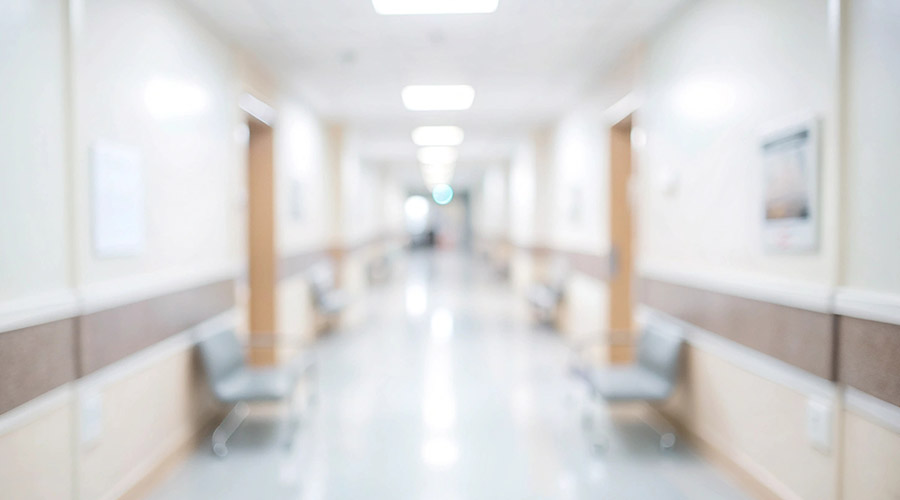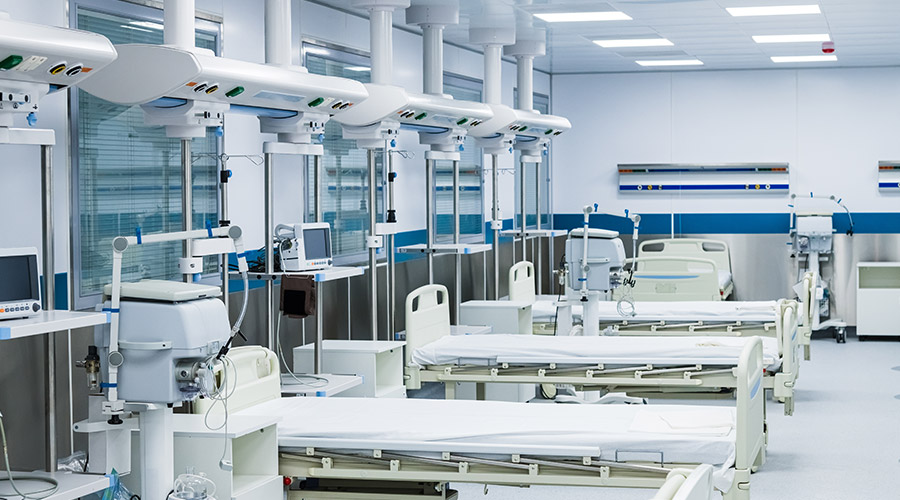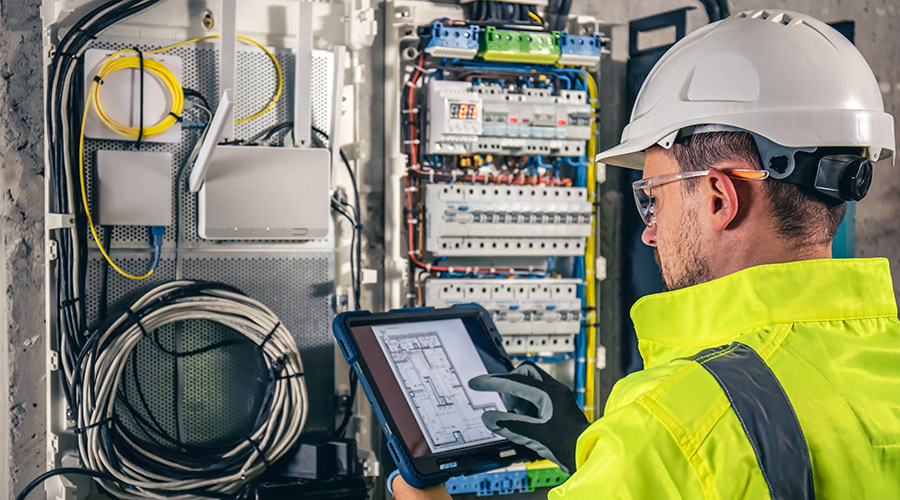More than any other field, healthcare providers struggle with balancing excellent care and service with cost. Part of that challenge is being able to adapt to change, whether the change is technology, physical space or personnel. The trend in business and in healthcare is to anticipate change and choose flexible design that can accommodate it in a cost-efficient manner. Whether new construction or renovation, that can mean multi-purpose rooms, collaborative spaces, moveable walls and modular systems. One feature that makes all that possible is right under your feet.
Raised access floors have been part of building design since the 1960s; but their original purpose was to push air. Today’s high tech environments demand a system that offers more. Cable management systems, or adaptive cabling distribution, take the raised access floor much further to conceal and protect power, data and telecom cables--with added flexibility and features. Depending on the system selected, even hydraulic lines and flexible air lines can be discretely contained and managed within the system.
A cable management system will certainly be on the table when planning new construction, whether it’s for a large practice group, medical library, teaching institution or research. And new thinking about building design and the construction itself — called Whole Building Design — brings the building’s owner, management, tenants, architects, contractors and suppliers together at the beginning. The concept is that by involving all parties early, redundancies can be avoided, schedules can be streamlined, savings can be enjoyed and the building itself can perform at a more functional, efficient level throughout its lifecycle. A cable management system helps achieve many of these goals.
From a design standpoint, knowing that a cable management system will be employed frees architects and designers to plan flexible spaces that don’t require fixed features such as power poles to accommodate needed wires and cables. Multi-purpose rooms and collaborative workspaces can be designed so space can be repurposed as needed, to accommodate additional offices, for example. A cable management system that allows cabling to be easily accessed and reconfigured makes it possible to specify features such as moveable workstations and walls.
In addition to flexibility, there are aesthetic and safety reasons to choose a cable management system. By keeping the myriad cables and wires that are the lifeblood of a modern healthcare facility hidden from view, a cable management system preserves open, clutter-free sight lines, ideal for teaching institutions, dispatch centers or nursing stations. Floors are also clutter-free, creating a safer environment for the facility’s users and staff, and providing more open pathways for moving patients, equipment or supplies.
From a budget standpoint cable management systems are cost-effective on many levels. At installation, a freestanding cable management system doesn’t require core drilling, trenching, cable trays or additional hardware. And with no drilling required, installing a cable management system produces little or no construction waste (another plus if you’re working toward LEED designation); site clean-up is minimal; construction schedules can be shortened. In the case of a renovation, the ability to incorporate a new cable management system without the dirt, noise and disruption of drilling and trenching is a key feature. A practice group or facility can actually enjoy “business as usual” in adjacent space if construction is underway next door. Disruption and downtime is minimal.
But it’s after installation that an adaptive cabling distribution system makes the greatest economic sense. Because the system isn’t affixed to the building, it contributes to accelerated cost recovery as Furniture Fixtures and Equipment. Most important, the cabling can be easily accessed and reconfigured time and again, through numerous floorplan changes and growth spurts. Upgrading technology, relocating work stations or adding equipment is a simple, neat process. And the reusable, flexible nature of today’s systems will adapt to meet your new technology needs well into the future.
Few industries have experienced the seismic changes that healthcare has undergone in recent years. Changes in policy, advancements in technology, new protocols and an increasingly competitive landscape challenge healthcare providers to stay up to speed while keeping an eye on the bottom line. Selecting building design and features that can be adapted will extend the lifespan of your facility and allow you to accommodate the changes that are around the corner.
Earl G. Geertgens lll is President and CEO of FreeAxez® LLC., manufacturer of the Gridd and Gridd Power adaptive cabling distribution systems.

 How Architects Shape the Future of Healthcare Facilities
How Architects Shape the Future of Healthcare Facilities UNC Health, Duke Health Form Partnership for Stand-alone Children's Hospital
UNC Health, Duke Health Form Partnership for Stand-alone Children's Hospital Sarasota Memorial Hospital Plans to Build New Facility in North Port
Sarasota Memorial Hospital Plans to Build New Facility in North Port CMMS, Data and the Path to Compliance
CMMS, Data and the Path to Compliance Healthcare is a Major Ransomware Target
Healthcare is a Major Ransomware Target